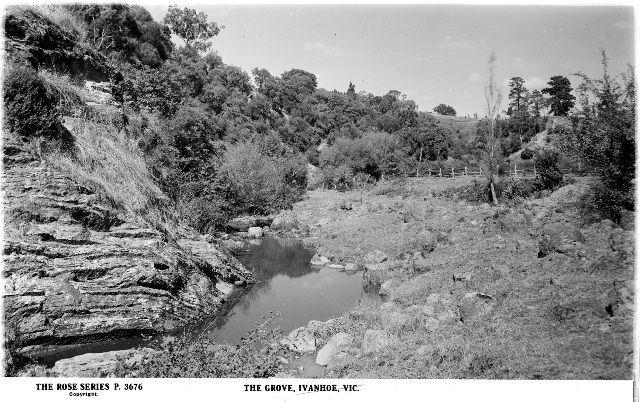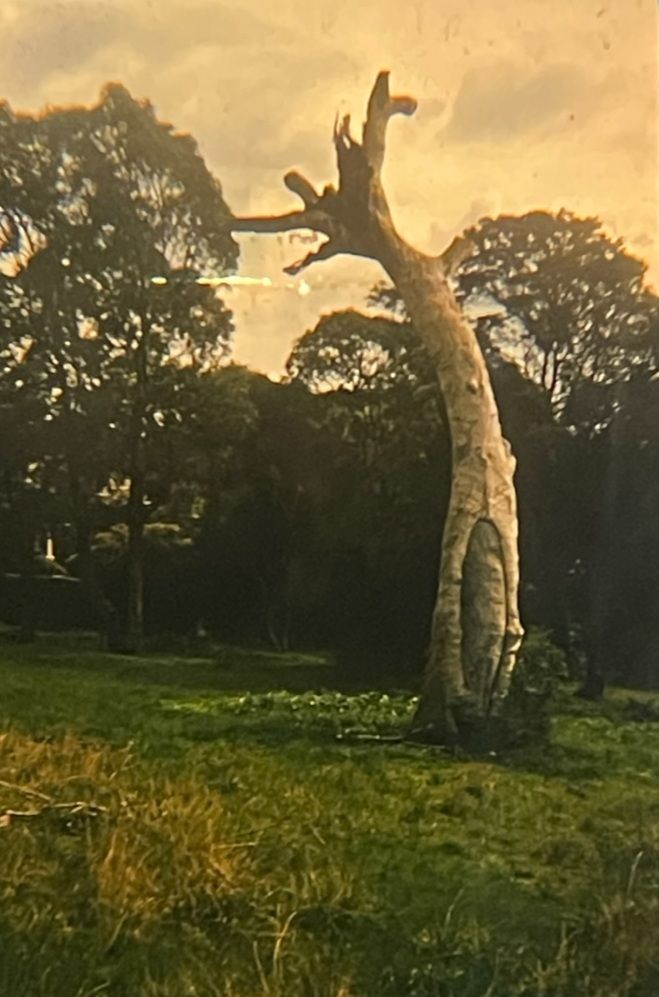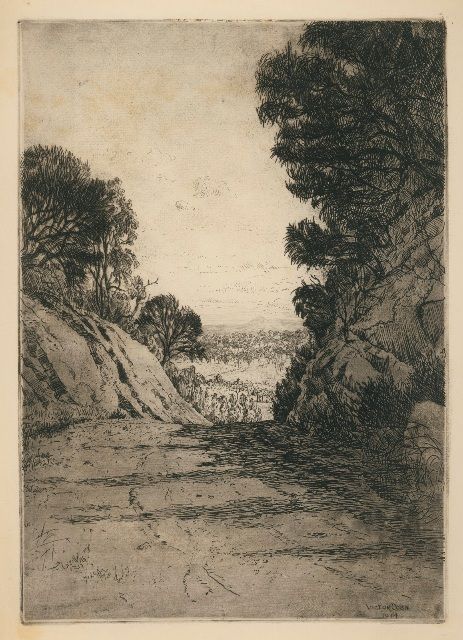Eaglemont - A Geography Classroom

Eaglemont - a seat of natural history learning back in Edwardian times
Many of us have fond memories of school excursions, mostly geography extravaganzas.
Landforms, coast line formation, rivers, floodplains, levees, ox-bow lakes, glacial striations - "Yes sir, I am taking notice, yes sir, not just stuffing around with my mates."
Our Eaglemont was a favoured spot for early 1900s excursions for Melbourne students.

The Herald, 07.08.1909, Page 5
NATURE STUDY.
SCHOOLGIRLS‘ EXCURSION.
A combined field excursion of the pupils attending the leading secondary schools for girls was held to-day at Heidelberg. [..]
The object of the excursion was nature study, which plays such an important part in the education of the modern boy and girl. These field excursions are held at intervals to different spots of interest around Melbourne, to supplement the studies of the schoolroom.
General zoology, botany, geology and other natural sciences are dealt with in the most interesting manner. The subject to-day was river action and sedimentary rocks.

A large number of students gathered at Prince‘s Bridge railway station a little while before the train which was to convey them to Heidelberg was timed to start. [..]
There was much talk and laughter, but many a question was asked also, and the picnic element was leavened by the desire for knowledge.
It was after two o‘clock when the party detrained, and, marshalled under the direction of the leaders, set out for the spot where geological peculiarities were to be studied.

The weather was comparatively mild, although the cloudy sky drew many an apprehensive glance from bright eyes until it commenced to clear. For presently the sun shone out and it became a delightful afternoon.
Eaglemont Hill, about five minutes‘ walk from Heidelberg station, was the destination of the nature students, who, to the number of nearly 100, climbed the green slope and “formed up“ on the summit to take their open-air lesson.
Mr. Smith made a few preliminary remarks, in which he outlined the work it was proposed to do during the series of excursions, of which to-day‘s is the first. He said that the lessons would no doubt prove strange and delightful to pupils, but nothing absolutely new would be learned. They were to have the practical side of what they had already been taught in the class-room.
At the end of the series of excursions prizes would be awarded for the best essays and sketches on the work done.
Mr. Vial then stood up in the “forum“ and commenced his demonstration. With the aid of a large colored map, showing the physical features of the locality, he gave a most interesting discourse on Eaglemont Hill.
He indicated all the surrounding objects of interest, near and far, from the dim blue outline of the Dividing Range to the valley flats of the Yarra river. He then described the mode of formation of the lake which of old time stretched from Fairfield to Templestowe.
The deposition of alluvium was explained, and the origin of gravel. The dissected costal plain and bed rock formed subjects of remark, and something was said of the importance of mineralogical and petrological collections.
The party then moved on to the railway bridge cutting, where the students learned much from Mr. Smith concerning sedimentary rocks, and the reason why they are usually contorted and inclined. Faults and dykes were explained.
The mode of formation of billabongs, etc., was touched upon, and at the road cutting (Lower Heidelberg road) more was said of sedimentary rocks.
During an interval afternoon tea was served.
The students, who made good use of notebooks and pencils, thoroughly enjoyed the outing and the work, and returned to the city as happy as they set out, but knowing much more than before.
In 1909 Mt. Eagle was still the 9 hole Eaglemont Golf Course, and the river side of the cutting was grassy slopes down to market gardens and dairy farms on the river flats.
Member discussion